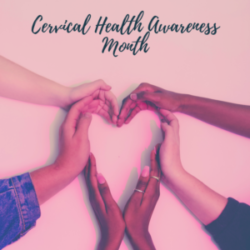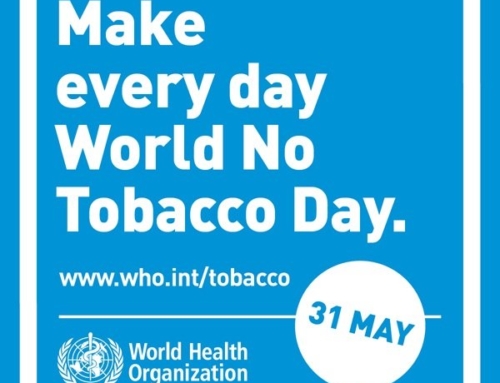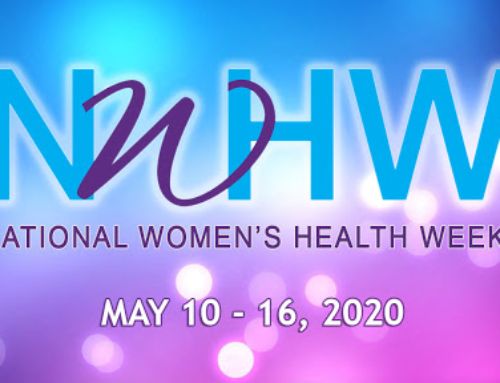Let’s get the year started off by talking about women’s health. It’s Cervical Health Awareness Month, and we can all encourage each other to get screened for this highly preventable and treatable cancer. Cervical cancer starts in the cells lining the cervix. The normal cells of the cervix gradually develop pre-cancerous changes that turn into cancer. Through a regular Papanicolaou (Pap) test, doctors look for cell changes on the cervix. The procedure collects cells from the cervix to be examined under a microscope to find cancerous or pre-cancerous cells. This test is usually done in addition to the pelvic exam where the doctor feels the uterus and ovaries for other types of cancer or reproductive problems. Signs and symptoms may not appear early on, so it is best to be screened according to screening guidelines. You can find the CDC guidelines here Cervical Cancer Screening Guidelines for Average-Risk Women.
There are risk factors that we need to be aware of that can reduce our chances of developing cervical cancer. The most important risk factor is infection by the human papillomavirus (HPV), which is a group of more than 150 related viruses. HPV is spread through sexual activity, including vaginal, anal, and oral sex by infecting the lining of these areas. There are low-risk types of HPV that cause warts around the female and male genital organs and in the anal area. High-risk types of HPV are strongly linked to cancers of the cervix, vulva, and vagina in women, penile cancer in men, and cancers of the anus, mouth, and throat. In both men and women, visible signs of infection may not appear until pre-cancerous cells change or cancer develops. HPV testing can be done at the same time as the Pap test, called co-testing, and is the preferred way to find pre-cancers or cervical cancers in women 30 and older.
Other known risk factors for cervical cancer include smoking, chlamydia infection, being overweight, long-term use of oral contraceptives and Intrauterine devices (IUD), having multiple full-term pregnancies, and having a family history of cervical cancer.
Now, let’s talk about the HPV vaccine and how it can protect both men and women against nine HPV types. It is recommended thatboys and girls aged 11-12 should be vaccinated, but it is never too late to vaccinate! While previous recommendations went up through age 26, the FDA expanded approval of the HPV vaccine in 2018 to include people ages 27-45. Those vaccinated before age 15 will need to receive the two-dose series, while those vaccinated after 15 will require a third shot. Nearly 80 million people are currently infected by the very common human papillomavirus, and most people with HPV never develop symptoms or health problems. However, some cases can cause significant illness, including several types of cancer. The HPV vaccination was introduced over 10 years ago and has decreased infections with HPV types that cause most HPV cancers by 71% among teen girls. You can protect your child or yourself from HPV cancers.
To learn more about the HPV vaccine and why it is important to become vaccinated, check out Human Papillomavirus.
Want free trainings about the HPV vaccine? Visit our NAO HPV Project website to learn about upcoming training opportunities and archived webinars.
Want to know what you can do to help? American Cancer Society advocates and supports research in the fight against cervical cancer. To learn more or to become part of the change, visit American Cancer Society.
References:
“What Is Cervical Cancer?” American Cancer Society, www.cancer.org/cancer/cervical-cancer/prevention-and-early-detection/what-is-cervical-cancer.html.
“HPV | Who Should Get Vaccine | Human Papillomavirus | CDC.” Centers for Disease Control and Prevention, Centers for Disease Control and Prevention, www.cdc.gov/hpv/parents/vaccine.html.
“FDA approves use of HPV vaccine for adults 27 to 45”. Cnn.com. https://www.cnn.com/2018/10/05/health/gardasil-hpv-vaccine-approved-older-ages-bn/index.html
 |
Brooke is currently employed at SRAHEC as the Health Education & Systems Change Specialist. |







